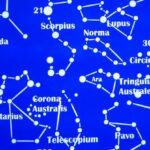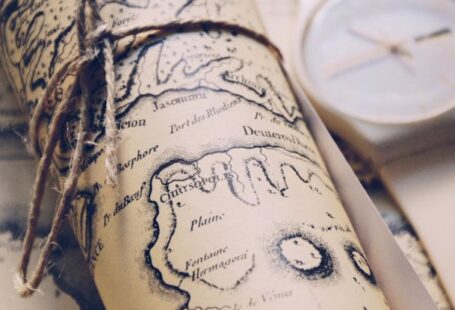Color plays a crucial role in map design, influencing how information is perceived and understood. From highlighting different geographical features to conveying data trends, the strategic use of color can significantly enhance the clarity and effectiveness of maps. In this article, we will delve into the significance of color in map design and explore why it is an essential element in creating visually appealing and informative maps.
Enhancing Visual Differentiation
Color is a powerful tool for enhancing visual differentiation on maps. By assigning distinct colors to various map elements such as roads, rivers, and boundaries, cartographers can help viewers quickly identify and distinguish between different features. This differentiation enables map users to navigate and interpret spatial information more efficiently, leading to improved usability and comprehension.
Creating Hierarchy and Emphasis
In map design, color can be used to establish hierarchy and emphasis, guiding the viewer’s attention to key information. By utilizing a color palette that varies in intensity and saturation, cartographers can draw focus to important map elements while allowing less critical details to recede into the background. This strategic use of color helps viewers prioritize information and navigate the map with ease, ensuring that essential details stand out prominently.
Conveying Information and Data Trends
One of the most significant roles of color in map design is its ability to convey complex information and data trends in a visually accessible manner. Through the use of color gradients, thematic maps can represent quantitative data in a way that is intuitive and easy to interpret. Whether depicting population density, elevation changes, or temperature variations, color can help communicate patterns and trends effectively, allowing viewers to grasp the underlying information at a glance.
Eliciting Emotional Responses
Color has the power to evoke emotional responses and associations, making it a valuable tool for enhancing the overall visual impact of a map. By selecting colors that resonate with the intended message or theme of the map, cartographers can create a more engaging and immersive experience for viewers. Whether using warm tones to convey a sense of warmth and vitality or cool hues to evoke a feeling of tranquility and calm, color choice can significantly influence the emotional impact of a map.
Improving Accessibility and Inclusivity
Consideration of color accessibility is essential in map design to ensure that all users, including those with color vision deficiencies, can effectively interpret the information presented. By using color combinations that provide sufficient contrast and incorporating other design elements such as patterns and symbols, cartographers can create maps that are accessible to a diverse range of viewers. Additionally, the thoughtful use of color can enhance inclusivity by catering to different cultural interpretations and preferences, ensuring that maps resonate with a global audience.
Enhancing Visual Aesthetics
Beyond its functional benefits, color plays a vital role in enhancing the visual aesthetics of maps. A well-chosen color scheme can transform a map from a mere tool of navigation to a work of art, captivating viewers with its beauty and elegance. By harmonizing colors, balancing visual elements, and paying attention to detail, cartographers can create maps that not only convey information effectively but also delight the senses and inspire awe.
In conclusion, color is a fundamental element in map design, serving a variety of essential functions that contribute to the overall effectiveness and appeal of maps. From enhancing visual differentiation and conveying information to eliciting emotional responses and improving accessibility, the strategic use of color can elevate the quality of map design and enhance the user experience. By understanding the significance of color in map design and harnessing its power effectively, cartographers can create maps that are not only informative and functional but also visually striking and engaging.





